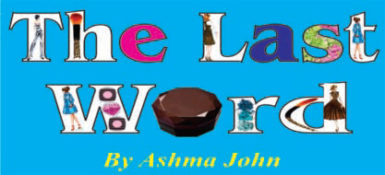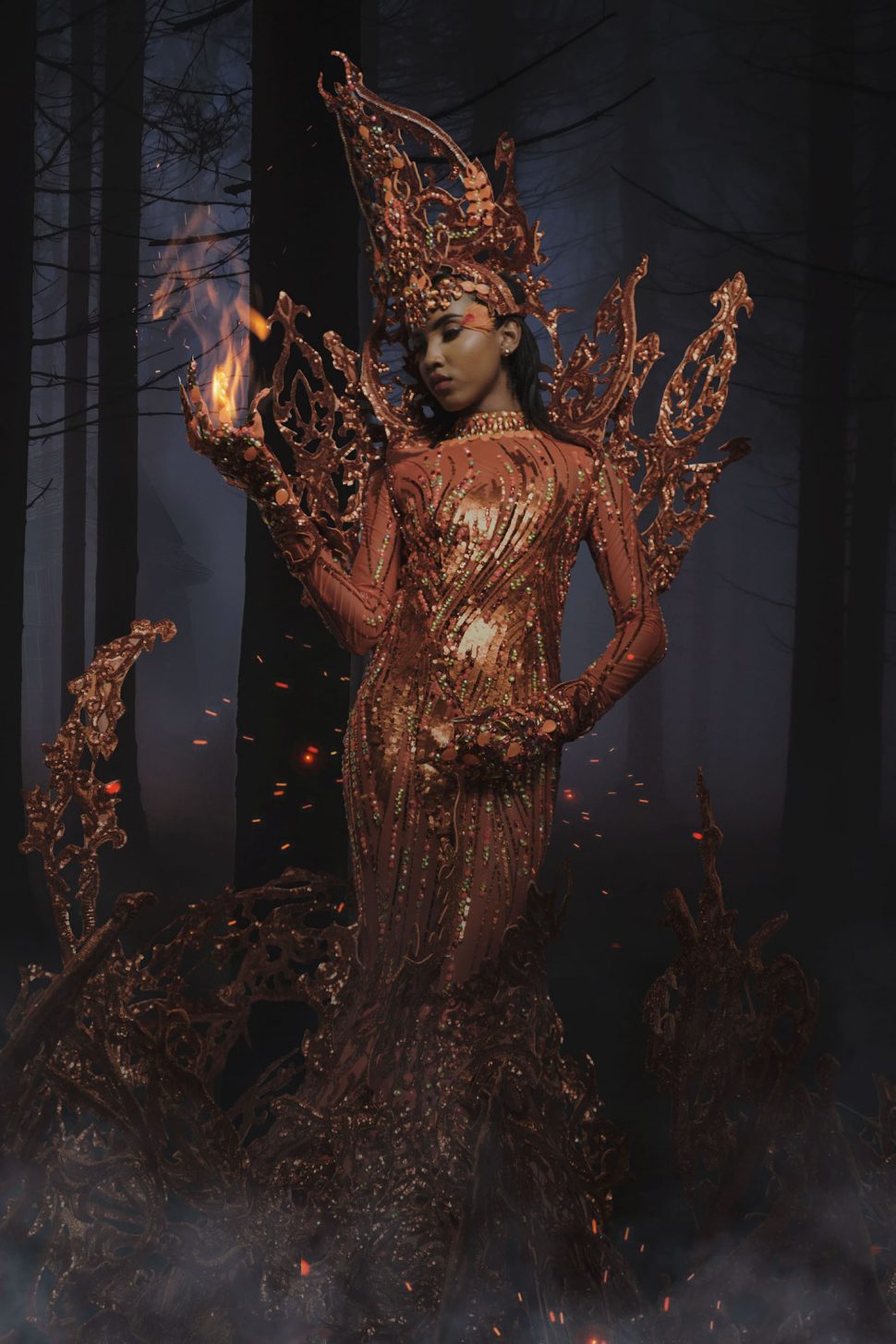 I ponder at times why we as Guyanese people are so reluctant to embrace parts of our culture. Perhaps our national identify hasn’t been solidified in public spaces enough for us to grow a strong collective belief in it. However, for the most part, what is truly saddening is the fact that we try to conceal it and whitewash it as much as possible. I find tremendous joy in speaking Guyanese creole, I even taught my husband a few words, but many people would regard it as improper English, a statement I find condescending. It sends the message that as people we are faceless until we conform. But what are we without our independent heritage, folklore, languages; what are we without our culture? These are the things that define us as a people. These are the things that make us unique and interesting.
I ponder at times why we as Guyanese people are so reluctant to embrace parts of our culture. Perhaps our national identify hasn’t been solidified in public spaces enough for us to grow a strong collective belief in it. However, for the most part, what is truly saddening is the fact that we try to conceal it and whitewash it as much as possible. I find tremendous joy in speaking Guyanese creole, I even taught my husband a few words, but many people would regard it as improper English, a statement I find condescending. It sends the message that as people we are faceless until we conform. But what are we without our independent heritage, folklore, languages; what are we without our culture? These are the things that define us as a people. These are the things that make us unique and interesting.
Take for instance Halloween, an extremely commercialized celebration with a Celtic background. Today Halloween is predominately celebrated by trick-or-treating, pumpkin carving, costume wearing and horror-movie watching. Of course, Guyana has never fallen short of jumping on a band wagon and more so failing to personalize it.
Earlier this week, when I saw what I would call the best national costume locally made on Guyana’s representative at the Miss Earth Competition Xamiera Kippins, I wondered if it had crossed the mind of anyone how much of a rich culture we have that is possible to copy commercial celebratory frameworks and still manage to personalize them . If you haven’t seen it, the costume, which weighs approximately 30 pounds, had to be reassembled on location, and took one month to produce, was an interpretation of the Old Higue.
I grew up hearing stories of the blood sucking creature that strips off its skin and manages to enter homes to suck the blood from people, but mainly children and babies, while they are asleep. I have fond memories of older women in my family speaking about leaving piles of loose rice. It was believed that if the Old Higue encountered rice she was forced to count the grains, which would then in theory protect you from being harmed. In all my years of seeing national costumes made locally I have never seen one that so brilliantly captured that cross section of our jumbie-story culture. I have never seen one that drives as much fascination and takes you back and for the judges I could just imagine the curiosity it managed to provoke. There is nothing that can be compared to embracing what you have, what belongs to you and no one else has. Most people might look at this as just another national costume, but it represents way much more. It represents potential, beauty and cultural integrity; a new Guyana if we truly choose to embrace ourselves.
Maybe I wouldn’t have too much of an issue with commercialized events in Guyana like Halloween and Guyana Carnival if they managed to personalize it to our national identity. This is a timely reminder that as people we have so much to embrace and we have bountiful opportunities to commercialize our own national identity. Thanks for reminding us, Randy Madray and Team that embracing our cultural identity can help us socially, culturally and economically if we want it to.
The costume, which secured a gold medal, was constructed by Joean Stanislaus, Gwyn Douglas, Anna Henry, Shanaia Bahadur, Delisia Small, Sonia Barron, Jacquelyn Haynes, Veronica Madray and Randy Madray.
http://instagram.com/theonlinerunway









